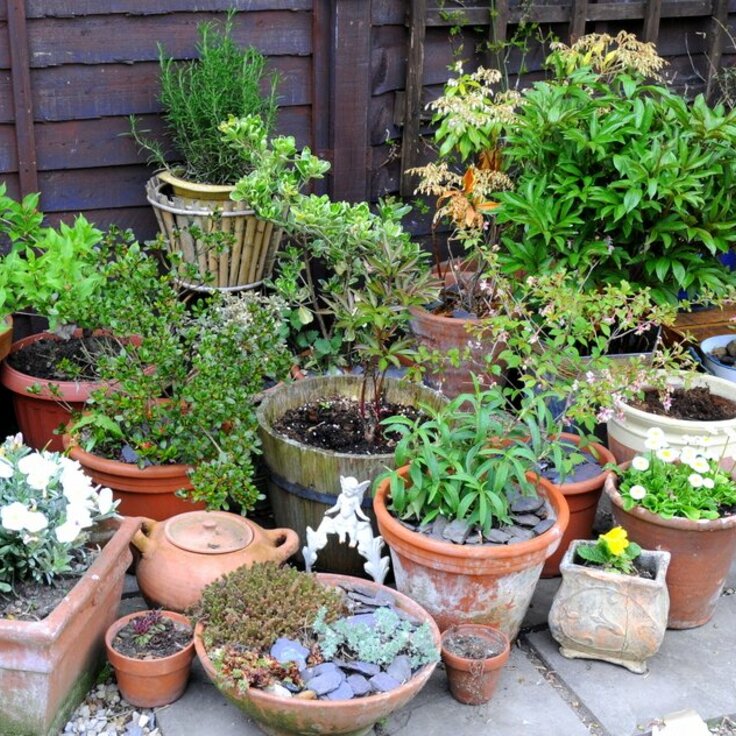Crafting an Insect Hotel
An insect hotel acts as a sanctuary for a diverse array of tiny creatures, offering them refuge, nesting sites, and shelter from the elements. These diminutive lodgers, ranging from solitary bees to ladybugs, seek out cozy nooks within the hotel's intricate architecture to lay eggs, hibernate, or seek protection from predators.
How can you fashion your own insect hotel?
Crafting your own insect hotel is a rewarding endeavor that requires minimal materials and basic woodworking skills. Begin by selecting a sturdy wooden frame and partitioning it into various compartments using materials like bamboo, hollow reeds, or drilled wooden blocks. Ensure adequate ventilation and drainage to create a hospitable environment for your future tenants.
What materials should you incorporate into an insect hotel?
The success of your insect hotel hinges on the diversity of materials you provide to cater to the varied needs of its occupants. Incorporate a medley of natural elements such as pine cones, straw, bark, and dried leaves to furnish nesting sites, while also integrating small crevices and tunnels to accommodate different species' preferences.
Which insects are attracted to an insect hotel?
An insect hotel serves as a magnet for a plethora of beneficial insects crucial for pollination, pest control, and ecosystem balance. Expect to host a bustling community of solitary bees, lacewings, ladybugs, and even predatory insects like spiders and centipedes, each playing a vital role in maintaining biodiversity.
Where should you hang your insect hotel?
Selecting the optimal location for your insect hotel is paramount to its effectiveness. Position it in a sunny spot sheltered from strong winds, preferably amidst a garden brimming with native plants to maximize its appeal to resident insects. Ensure it remains undisturbed and periodically monitor its inhabitants to foster a thriving microcosm of biodiversity.








